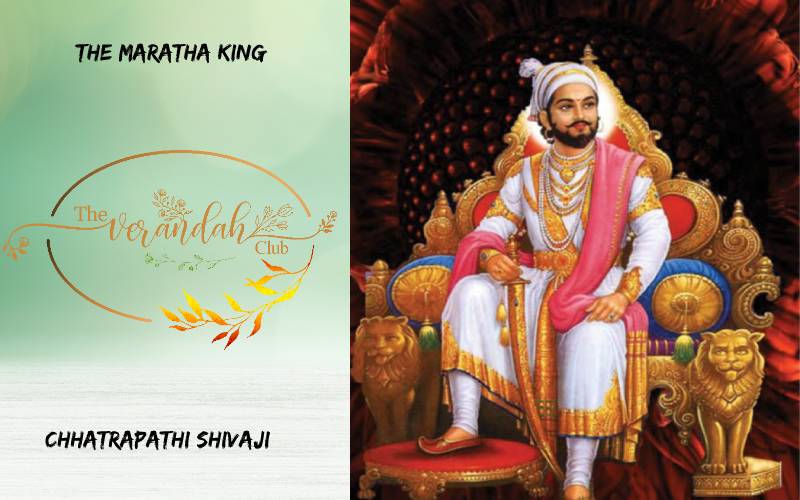
The Maratha empire founded by Shivaji produced numerous leaders and warriors. Their bravery had been recorded well and is part of the traditional folklore in modern Maharashtra. One is but the lives and times of the brave Peshwas. The members of their families would ever remind one of the ‘Parashara Smrithi.’ While Balaji Vishwanath was the founder of the Peshwa lineage, his son Bhaji Rao took the Maratha empire to great heights. Bhaji Rao never lost any battle and his reign of two decades created a golden era.
Bhaji Rao was succeeded by Balaji Bhaji Rao as the eighth Peshwa of the Maratha empire and the area governed by the Maratha reached its zenith. Balaji Bhaji Rao was more of a financier and not a General and he failed to gauge the seriousness of the Durrani invasions in the north. This resulted in a humiliating defeat for the Maratha-s at the third battle of Panipat. Balaji Bhaji Rao had made some judicial and revenue reforms during his tenure which was due to the efforts of his cousin Sadashiv Rao Bhau and his associate Bala Shastri Gadgil.
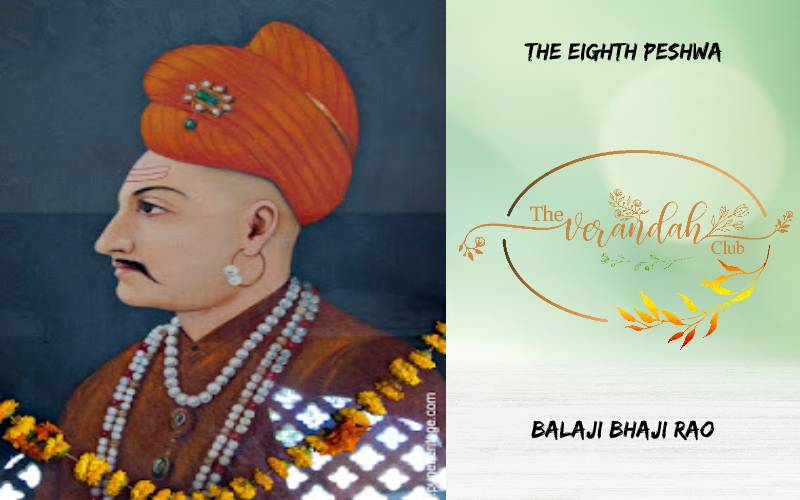
The eighth Peshwa Balaji Bhaji Rao was blessed with Sreemanth Vishwas Rao, Madhav Rao, and Narayan Rao. Vishwas Rao (1742 – 1761) was the heir to the title of Peshwa in the Maratha empire. He had received training in administration and warfare from the age of 8. The Maratha infantry admired his performance at Sindhkheda and Udgir. His specialty was fighting with bow and arrow and sword. It seems he was unstoppable mounted on his war elephant with his bow and arrow during the battle of Udgir.
Sreemanth Vishwas Rao looked exactly like his grandfather Peshwa Bhaji Rao (1700 – 1740). Except that he had blue eyes. Contemporaries and authors alike claim that he was the most handsome among the Peshwa men and was known for his strenuous gym routine. He also performed Kawaiti (Army training). His uncle Sadashiv Rao Bhau (1732 – 1761) had seen to it that Vishwas Rao received the best of training. The brave and handsome Sadashiv Rao died fighting on the frontlines during the third battle of Panipat (1761). Sadashiv Rao was hit in his head by a shot fired by a Pashtun officer during the period of most intense fighting (Between 1 & 2.30 pm).
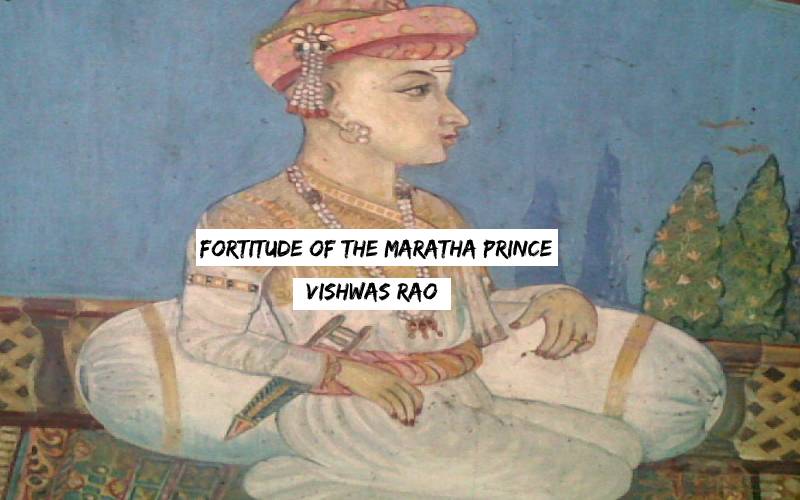
Vishwas Rao was interested in maintaining the Maratha empire and was ready to sacrifice his all for the same. He understood that the final day at Panipat was important. Sufficient food was not available and therefore he took up to fasting along with his Uncle Sadashiv Rao Bhau and Aunt Parvathi Bhai. Basically, he took up moral responsibilities while trying to make food available to the soldiers. In fact, he wrote a letter to his father Balaji Bhaji Rao and requested him to send food and soldiers. Vishwas Rao told his father that his life was not particularly important for he had two brothers. But if the nation were to lose a patriotic leader like Sadashiv Rao Bhau, the loss would be too much to bear. Vishwas Rao was keen to ensure that is victorious and righteous uncle won the day.
The young Vishwas Rao was just 19 during the war of Panipat and he had established himself as a valorous General at the age of fourteen during the battle of Udgir. He had fought against Jankoji Shinde at Udgir. All the Maratha leaders had fully trusted Sadashiv Rao. Tukoji and Mahadji had vowed to fight till the very end. The valiant Sadashiv Rao had trusted his fiery royal young team. He delegated the leadership to Vishwas Rao, and he was made a commander in the third battle of Panipat. It was the final day of battle and Srimanth Vishwas Rao just had sugared water along with the rest of the warriors and went into the battle. Not a morsel of food had been taken by him. He died when he was fighting on the front lines. He had first been hit on the shoulder by an arrow, and then by a bullet on his head.
The fall of Vishwas Rao shocked his uncle Sadashiv Rao who dismounted from his elephant and got on a horse to attack the enemy forces. His armies saw an empty howdah on the elephant and thought that their Commander-in-Chief Sadashiv Rao was absent in the battlefield. This had taken place after 2 pm and led to the defeat of the Maratha-s. The empire had not only lost the battle but its great leaders Sadashiv Rao Bhau and Vishwas Rao. The Maratha empire had been controlling more than two-third of India at the time of the battle.
The Marathas faced decline and it was left to Peshwa Madhav Rao to restore it to its old glory...
(To be continued)
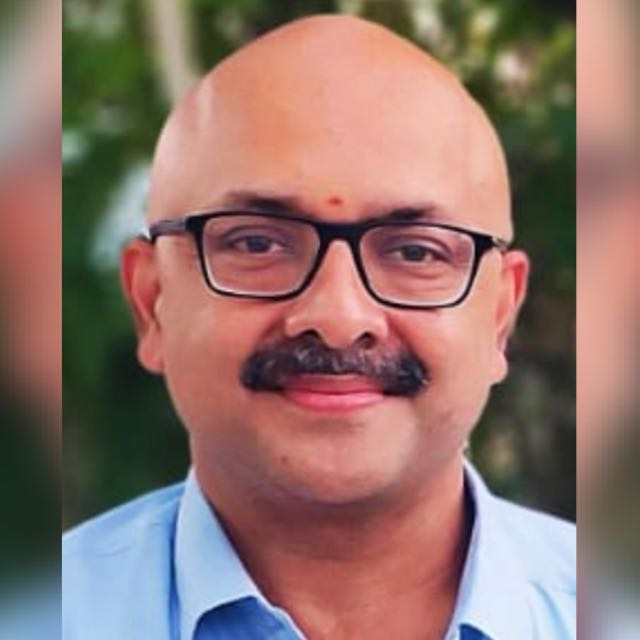
Mr. Rajesh Govindarajulu is one of the founding members of the Verandah Club Pvt. Ltd. He is a leading columnist, historian, jeweler, entrepreneur, and a heritage enthusiast who is earnestly working to revive the past in the light of the present. Experiential learning about the history of Coimbatore is his main course of interest and he is also a panel member of many colleges in the city.
NEXT ARTICLE
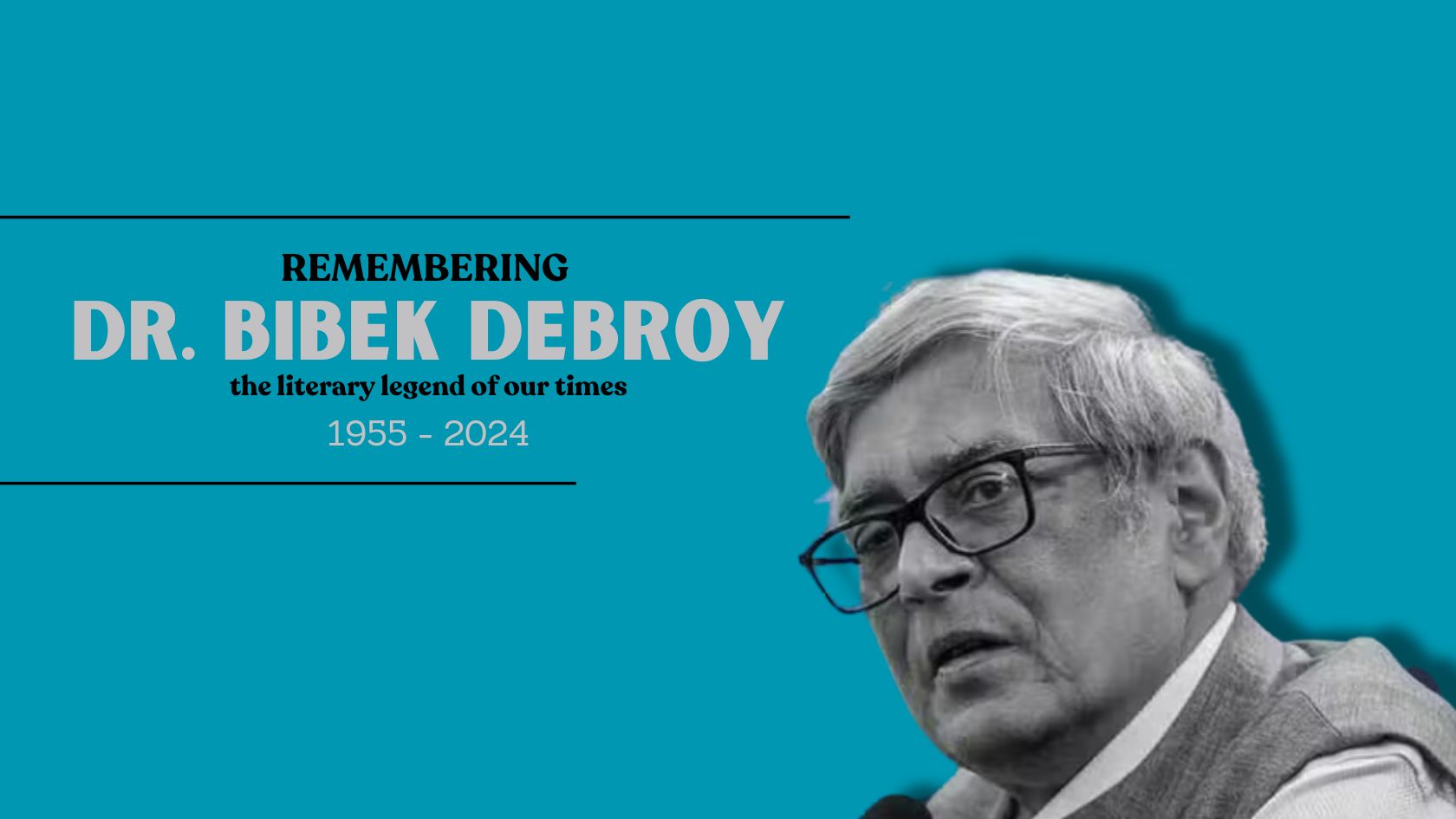
All authors who write about the Mahabharata have to read its unabridged version. The most popular unabridged translation used to be the one by Kisari...
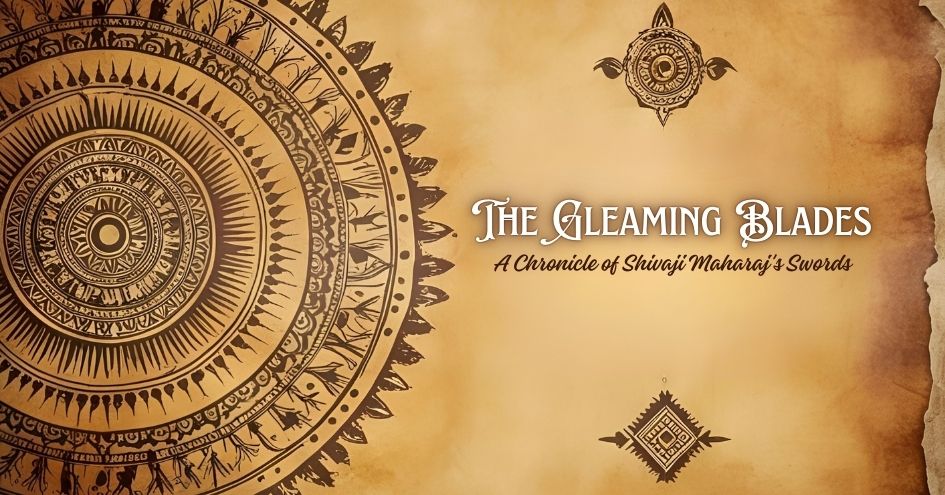
In the annals of Bharat Varsh, amidst the swirling mists of time and legacy, emerges the figure of Chhatrapati Shivaji Maharaj, a warrior whose name e...